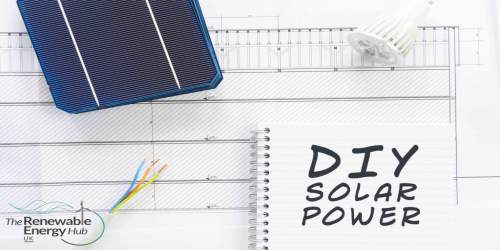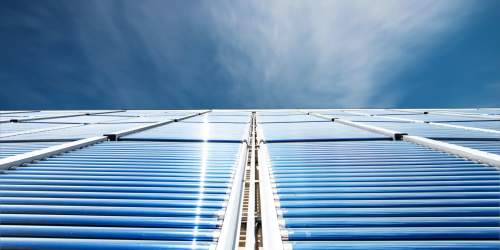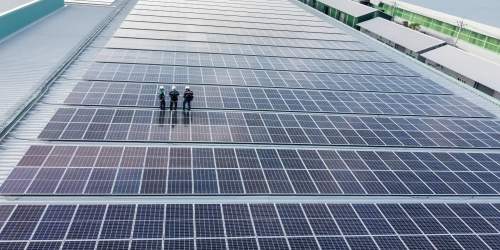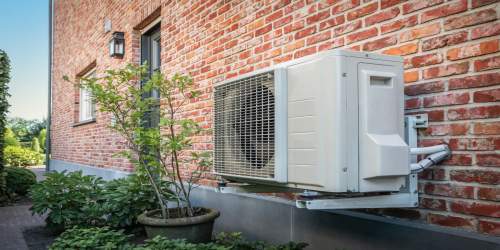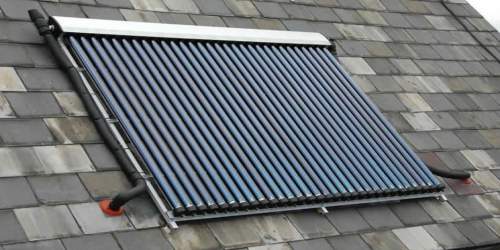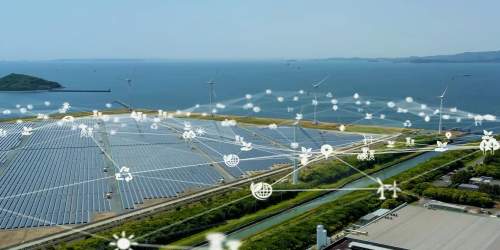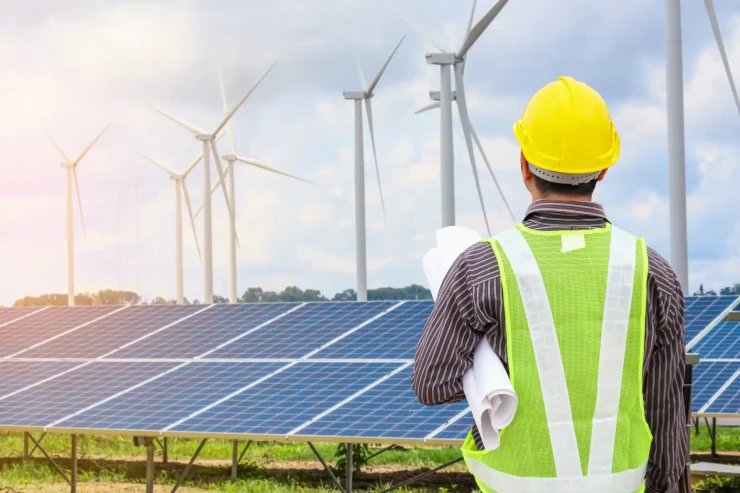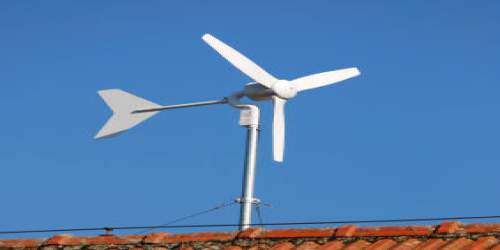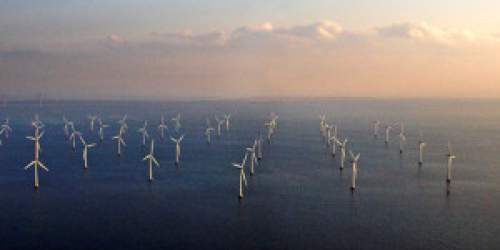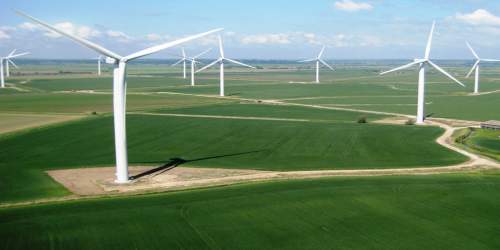The Feed-In Tariff scheme which was launched in April 2010 closed for new customers at the end of March this year. Those with existing contracts are not affected and continue to be paid. Under the Feed-In Tariff scheme there were two payments, a “generation tariff” and an “export tariff”.
The “generation tariff” paid for all the electricity that a household generated. Rates were set by the government and depended on the size of your solar PV system and when you signed up to the scheme.
In the early years rates were much higher – some paid more than 50p per kilowatt hour but were cut over the years and fell to around 4p for new customers by March this year. Once you had secured a rate it was fixed for the life of your contract, typically 20 or 25 years.
The “export tariff” paid homeowners for the surplus energy they exported to the grid. Rates were fixed by government for the entire contract term and were around the market rate for electricity. It was 3.82p/kWh until August 2012 and then 5.38p until the Feed-In Tariff scheme ended. Under the Feed-In Tariff all households were paid the same rate which was 50% of all the energy generated by the solar panels. The actual amount exported to the grid was not measured, so everyone got this regardless of how much electricity they exported.
Though the Feed-In tariff has come to an end, some of the excess electric generated by your solar energy will inevitably go back to the grid and as under current legislation it would be illegal not to be paid for this a new system had to be devised. This is where the Smart Export Guarantee comes in to play.
So, what is the Smart Export Guarantee? Final proposals for the Smart Export Guarantee were published by the government on Monday, 10th June 2019. The Smart Export Guarantee requires medium – large electricity supply companies including SSE, EDF Energy, British Gas, npower, EON UK and ScottishPower (those with more than 150,000 electricity customers) to offer a Smart Export Guarantee (SEG). Smaller suppliers can do so on a voluntary basis. Suppliers are already starting to offer SEGs, but all qualifying suppliers will have to offer you terms of payment for your solar power, wind power & other renewable energy exports by January 1st, 2020 at the latest.
COMPARE PRICES FROM LOCAL INSTALLERS
Compare prices from local companies fast & free
Enter your postcode to compare quotes from leading professionals. We promise to keep your information Safe & Secure. Privacy Policy
This is good news for solar panel owners, because most likely the scheme will naturally become marketised, rather than subsidised. In the past the Feed in Tariff offered a fixed rate determined by government. Now, instead of a subsidy, the new guarantee will be a minimum rate. Once the new system has kicked in, it seems inevitable that there’ll be competition between energy suppliers to offer better tariffs in order to gain your loyalty.
Consultations for the new scheme began earlier this year with Solar Trade Association members. Tony Sampson, MD at Naked Solar, met with the Department of Business, Energy and Industrial Strategy and confirmed the following two crucial points.
- To benefit from the new proposed Export Guarantee scheme, you must have an MCS certified installation.
- Anyone who installed solar panels between the end of the Feed in Tariff and the start of the new scheme will be eligible for the new scheme.
The STA has been arguing for households to be paid at a fair market rate for the power they contribute to our electricity system, as all other generators are. There are two obvious ways to define fair pricing. One is through wholesale prices, which is the price that the market buys power from to sell to you – in 2018 this averaged around 6p/kWh. The other is the ‘System Sell Price’, which the government referenced as a fair price in its SEG consultation. This is the price that larger generators receive for their surplus power when they produce more electricity than they had contractually arranged to produce. The annual average System Sell Price last year was very similar (5.4p/kWh) to the previous FIT export tariff payment of 5.2p/kWh.
This is a very positive development for anyone considering going for solar panels but delaying doing so because of the loss of the Feed in Tariff. Not only have prices come down considerably over the past decade, the new scheme is likely to end up being more generous than the current tariff. With the cost of solar having fallen by 80% since 2008, it was the right time to review the way these payments were made.
The full text of the government announcement earlier this year is below:
“Proposals to protect consumers whilst guaranteeing payments for households with solar by unlocking smarter energy system
More intelligent systems will help power the UK’s transition to a clean and affordable energy system – a key part of our modern Industrial Strategy.
- New small-scale renewable electricity providers to be guaranteed payment for excess electricity supplied to the grid under government proposals unveiled 8th Jan – protecting consumers from unfair costs associated with current scheme.
- Plans for Smart Export Guarantee could build a bridge to the smarter energy system of the future, which can help unlock technological innovations like home energy storage and more efficient electric vehicle charging.”
Households and businesses installing new solar panels will be guaranteed payment for power provided back to the grid to unlock the smart energy systems of the future. This can only be an important upgrade to the current Feed-in Tariffs scheme.
The Smart Export Guarantee will see electricity suppliers paying new small-scale energy producers for excess electricity from homes and businesses being put back into the energy grid. The new scheme could create a whole new market, encouraging suppliers to competitively bid for this electricity, giving exporters the best market price while providing the local grid with more clean, green energy, unlocking greater choice and control for solar households over buying and selling their electricity.
The SEG means that households and businesses installing new renewable energy generators will be paid transparently for the energy they produce protecting consumers from cost burdens, by using established smart technology. However the Energy Saving Trust have said that given that it is now widely assumed that the completion of the smart meter roll-out will be delayed beyond the 2020 target date a significant number of non-smart-meter properties will not be able to benefit from the SEG for several years to come. The availability of meters could therefore (a) actually impede householders access to SEG for quite some time, and in addition, (b) delay the ‘smart’ element of this if householders have to be on basic tariffs because they don’t have half hourly data.
Under the old FIT scheme, accredited households and businesses who installed small scale electricity generators are assumed to have exported 50% of the electricity they produced and were paid for it even when the electricity was not needed by the grid or they exported less than 50%.
Earlier on in the year Energy and Clean Growth Minister Claire Perry said:
“This new scheme could help us to build a bridge to the smart energy system of the future, with consumers firmly at its heart – not only buying electricity but being guaranteed payments for excess electricity they can supply to the grid.
It could also reduce strain on energy networks with a more decentralised and smarter local network delivering resilience much more cost effectively, unlocking innovative products for electric vehicles and home energy storage; a win-win for consumers and the environment and a key part of our modern Industrial Strategy.”
At this time the government has only obligated electricity supply companies to buy power at a price above zero. The good news is the electricity sector is changing fast and there are many suppliers who want to embrace smart energy to help deliver a much more efficient, low-carbon power system, and they want customers who want to participate. Companies early to uptake the new system include, Octopus who are offering both flexible and fixed SEGs, Bulb who are offering members who generate their own electricity payment for any electricity they generate and export to the grid (This is for solar-only customers, storage-only or solar and storage co-located), and EON who are paying the first 500 new solar customers 5.24p per every kilowatt-hour (kWh) of energy exported back to the grid on the assumption that 50% of generation is exported.
The more complex new system will take a while to become established but there are still savings to be made which will increase as all the big energy companies come on board and start competing with one another.
Find out more about solar here.



